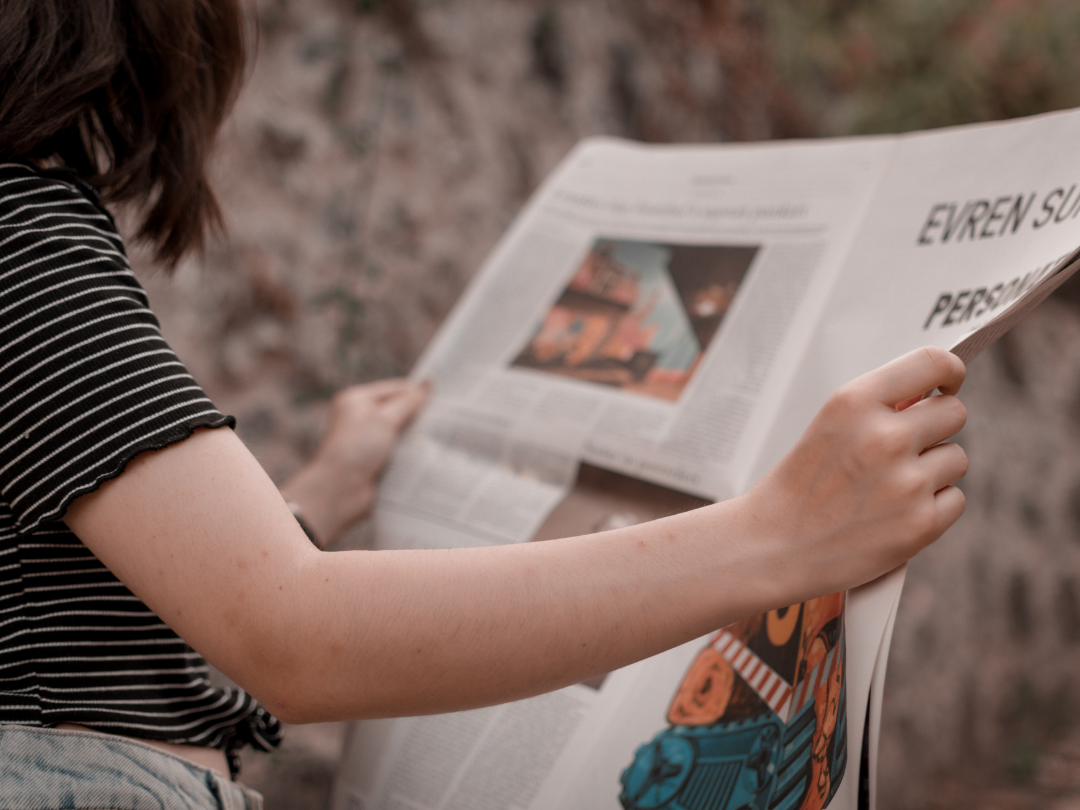Choose and match your goal. Before you take a book off the shelf or open a journal article, ask yourself: ‘Why am I reading this? Why do I need this information? This relaxation of thought will help you to get rid of all the unnecessary things you may be facing without thinking.
Don’t be too comfortable. If you need to focus, get closer to your study by wearing your ‘work mode’ hat. Dipping into bed with a cup of tea and a pack of highlighters balanced on your knee will not help. Your fast-paced learning environment needs a place to focus: stay in a quiet place away from distractions. Go to the library or away from your office desk so as not to cause interruptions to your partner’s emails and phone calls.
Preview information. If you have a long, tedious text that you can read, treat it with little preparation. Divide the beast: read the chapter titles, subheadings and follow the first line of each paragraph. This will give you an overview of the basics, so you can check out the important categories in the non-essentials, and make informed decisions about what to spend your time reading.
Preview and preparation produce 40 percent of the important information in the story, the rest is just a push and an image. Practice previewing, and you will immediately start filtering unwanted text and reading texts and books quickly. Quick reading is not just a skill, it is a thought process that starts before you look at a page.
Focus on keywords. You do not need to read the whole sentence to understand the meaning. Keywords are usually more than three characters long and hold all the information you need. For example, ‘The rabbit ate his carrot.’
Use your finger as a guide. Our eyes are naturally attracted to movement, so your look will run your finger across the page. Run your finger as fast as you can, zigzag. This will prevent you from slowing down each word and will make you read faster.


